Common Name(s): Mimosa, silktree, pink siris
Scientific Name: Albizia julibrissin
Distribution: Native to Asia; widely planted as an ornamental
Tree Size: 30-40 ft (9-12 m) tall,
1-2 ft (.3-.6 m) trunk diameter
Average Dried Weight: 33.5 lbs/ft3 (540 kg/m3)
Specific Gravity (Basic, 12% MC): 0.44, 0.54
Janka Hardness: 770 lbf (3,430 N)
Modulus of Rupture: No data available
Elastic Modulus: No data available
Crushing Strength: No data available
Shrinkage: No data available
Color/Appearance: Color varies from light brown to deeper golden or reddish brown. Sapwood is pale yellow and is demarcated from the heartwood. Color darkens with age.
Grain/Texture: Has a coarse, somewhat uneven texture with good natural luster.
Rot Resistance: Reported as non-durable to perishable.
Workability: No data available.
Odor: No characteristic odor.
Allergies/Toxicity: Although severe reactions are quite uncommon, mimosa has been reported to cause respiratory irritation. See the articles Wood Allergies and Toxicity and Wood Dust Safety for more information.
Pricing/Availability: Not typically harvested commercially for lumber. Pieces are occasionally available for sale form hobbyist or small custom sawmills. Prices should be in the mid to upper range for a domestic hardwood.
Sustainability: This wood species is not listed in the CITES Appendices or on the IUCN Red List of Threatened Species.
Common Uses: Furniture, cabinetry, crafts, and turned objects.
Comments: Not to be confused with the closely related genus predominantly made up of shrubs, also named Mimosa. The common name mimosa is also applied to a number of regional trees, particularly species of Acacia—which are also botanically related to the Albizia genus.
Mimosa has been planted as an ornamental tree in many locales. It tends to be a short-lived tree that’s considered an invasive species in some areas. It’s also called silktree, so named for its unique fibrous flowers resembling silk threads.
Images: Drag the slider up/down to toggle between raw and finished wood. A special thanks to Mike Leigher for providing the wood sample of this wood species.
Identification: See the article on Hardwood Anatomy for definitions of endgrain features.
Porosity: semi-ring-porous
Arrangement: solitary and radial multiples
Vessels: large to very large pores grading down to medium, few; reddish brown deposits occasionally present
Parenchyma: vasicentric, lozenge, confluent, and banded (marginal)
Rays: medium; normal spacing
Lookalikes/Substitutes: Unlike other Albizia species which are diffuse porous, mimosa tends to be semi-ring-porous, especially when grown in temperate regions.
Notes: Albizia stands as one of the few genera with a wide distribution spanning different continents where the heartwood of all species consistently fluoresces under blacklight. (This is in contrast with Afzelia, where the wood is fluorescent much less consistently and not as strongly.) A lack of fluorescence in the heartwood would generally rule out Albizia.
Related Content:

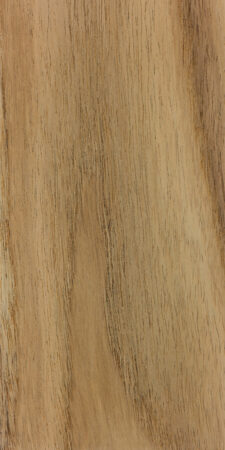
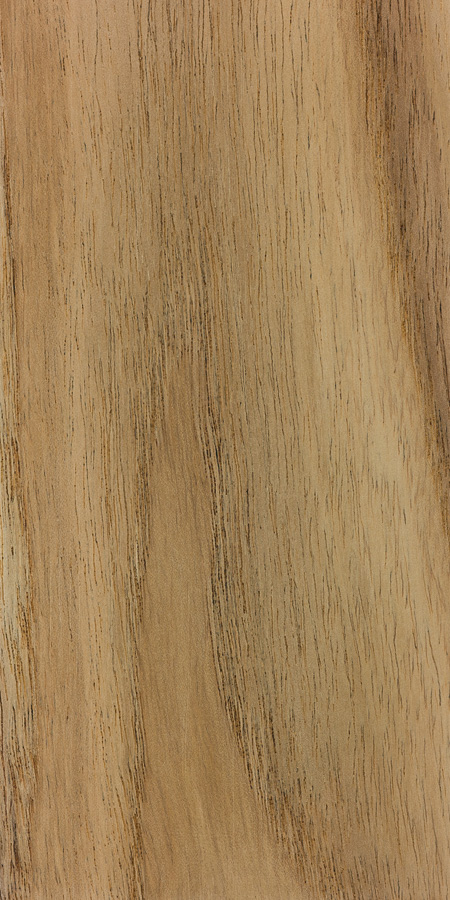
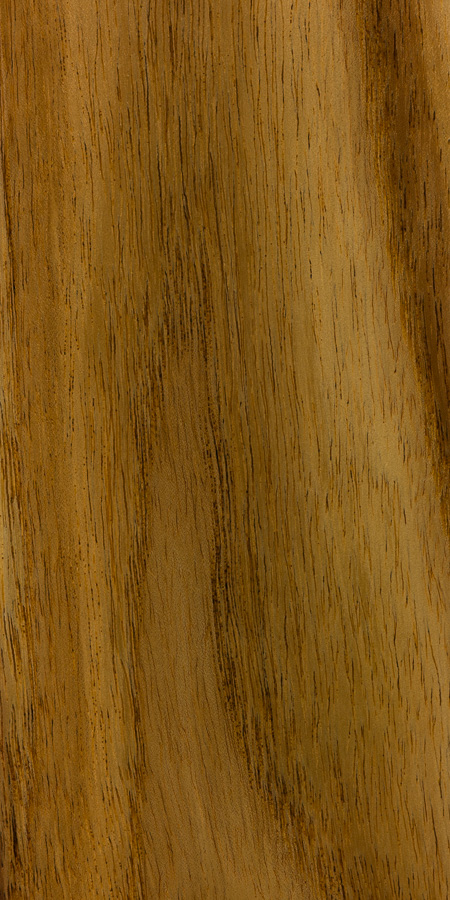
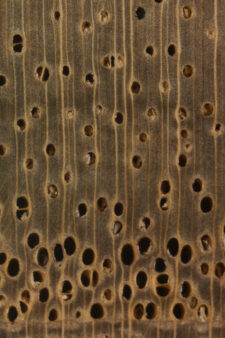

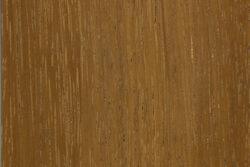
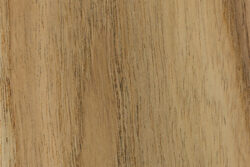
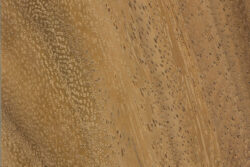
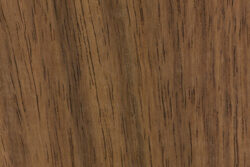
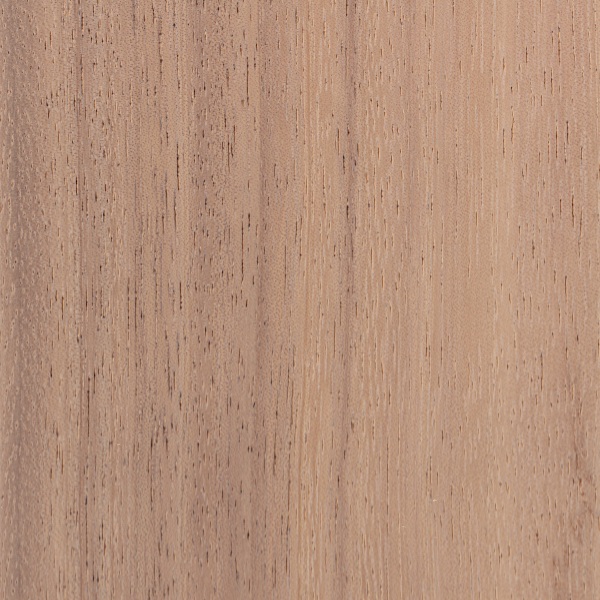
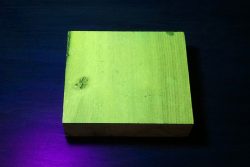






I made corncob style cigar pipe out of the Mimosa (pink silk tree) tree branches. Not trying to smoke my cigar tobacco out of it and die. Is it toxic?
I have just purchased chairs made with this wood and would like to know just how to finish them for a smooth finish?
Is a more rough finish rather than smooth recommended?
should the wood be sealed with the finish or left to breath?